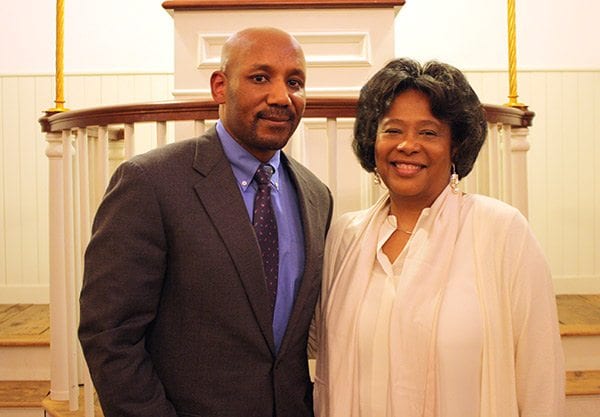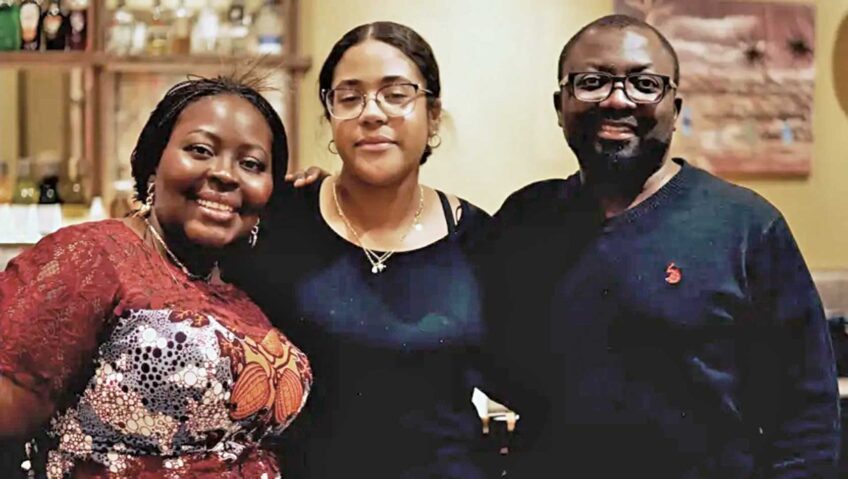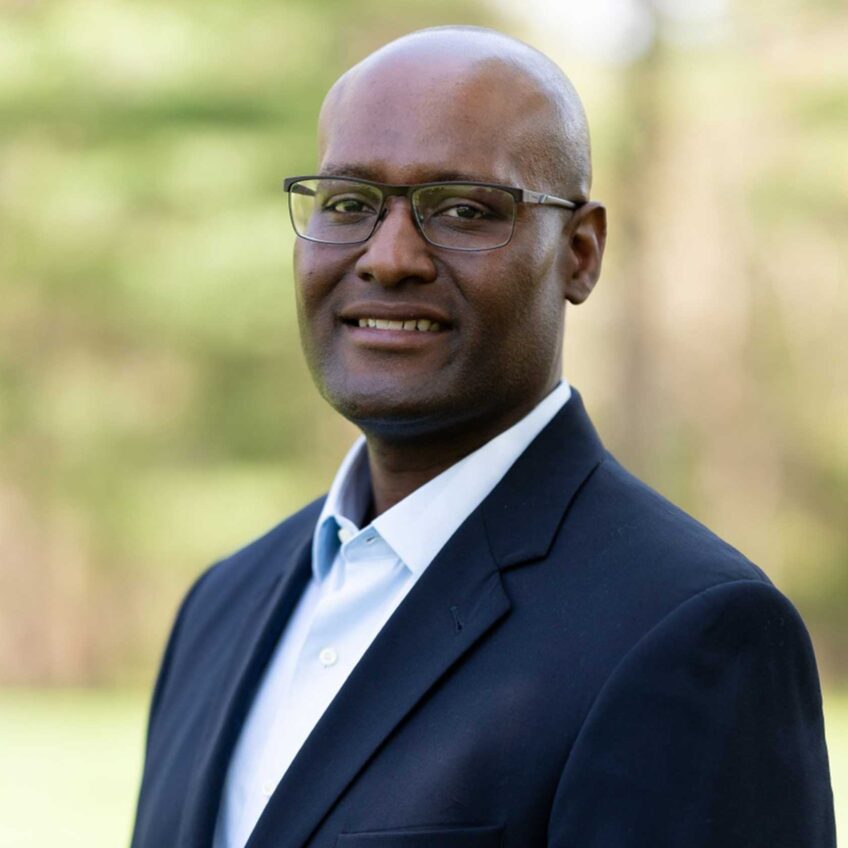
Many Americans are aware that the wealth and success of the nation resulted from slave labor over centuries — free labor that included settling most of the South into a powerful agrarian region and which also created the railroads and built the infrastructure of the urban North.
But few are clear about the deeply involved role some of the nation’s most prestigious colleges played in supporting the African slave trade, how they reaped the rewards of human bondage, and for nearly two centuries educated racist elites who kept slavery as the status quo.
Slaves tended the landscape of Harvard Yard and served as cooks and errand boys at the Cambridge school, which is now mostly celebrated for its liberal traditions. A future Harvard president once traded a barrel of hogshead rum for a slave girl.
At Columbia — originally called King’s College — slaves cleaned dormitories for the sons of powerful slave merchants of the South. Princeton University’s first classrooms and study halls were built from contributions and grants connected to slavery.
These unfortunate facts are the results of 12 years of meticulous research that now comprises the history book “Ebony & Ivy,” a new masterful history about elite higher education and its involvement in the low treatment of human beings.
Written by current MIT professor and former Dartmouth professor, Craig Steven Wilder, the work confirms the complicitous nature of the country’s prestigious universities as they participated for centuries in enforcing bondage and profiting from the enormous amounts of money it produced.
“Harvard had an intimate engagement with the slave trade … that was inseparable … to its successes at its founding,” said Wilder at a recent lecture at the African Meeting House, which hosted him as part of their annual meeting ceremonies.
“I would say that higher education — in this country … [experienced] it highest rates of growth at the height of the slave trade,” which Wilder says impacted life in all of the colonies as profits for whites and misery for black slaves.
The first seven presidents of Dartmouth College in New Hampshire were slave holders Benjamin Franklin — a principle organizer of the University of Pennsylvania — held investments in slave merchant companies and also owned slaves.
Wilder contends that without the wealth generated through slavery, many of the country’s elite colleges would have met an early and dismal end.
“Access to enslaved people could be the difference between success and failure for colonial schools,” he writes in his book.
Aided by lustful empire building and laced with religious zeal, many of the founders of the first American colleges were ministers whose rhetoric often endorsed the “civilizing” efforts of slavery. One minister referred to African bondsmen as possessing “no more Souls than Brutes, & were really a Species below Us.”
Aside from the African slave trade, Wilder also expertly delves into the near annihilation of Native Americans as they interacted with white colonists through exploited peace treaties, war and then germ warfare. Massachusetts General Jeffery Amherst acted against Native Americans by spreading smallpox among them. Amherst would later have a major Massachusetts town named after him — the site of the Commonwealth’s largest public college.
White colonials also successfully enslaved Native Americans and produced personal wealth by selling them into the West Indies where they were unfamiliar to the land.
Wilder’s book is well-research and manages to supplement an often forgotten historical aspect of America’s “peculiar institution.’
It should be read by generations to come as a scholarly insight into the vast influences that slavery had in forming the country — particularly its shameful involvement with what many consider our most esteemed universities.






